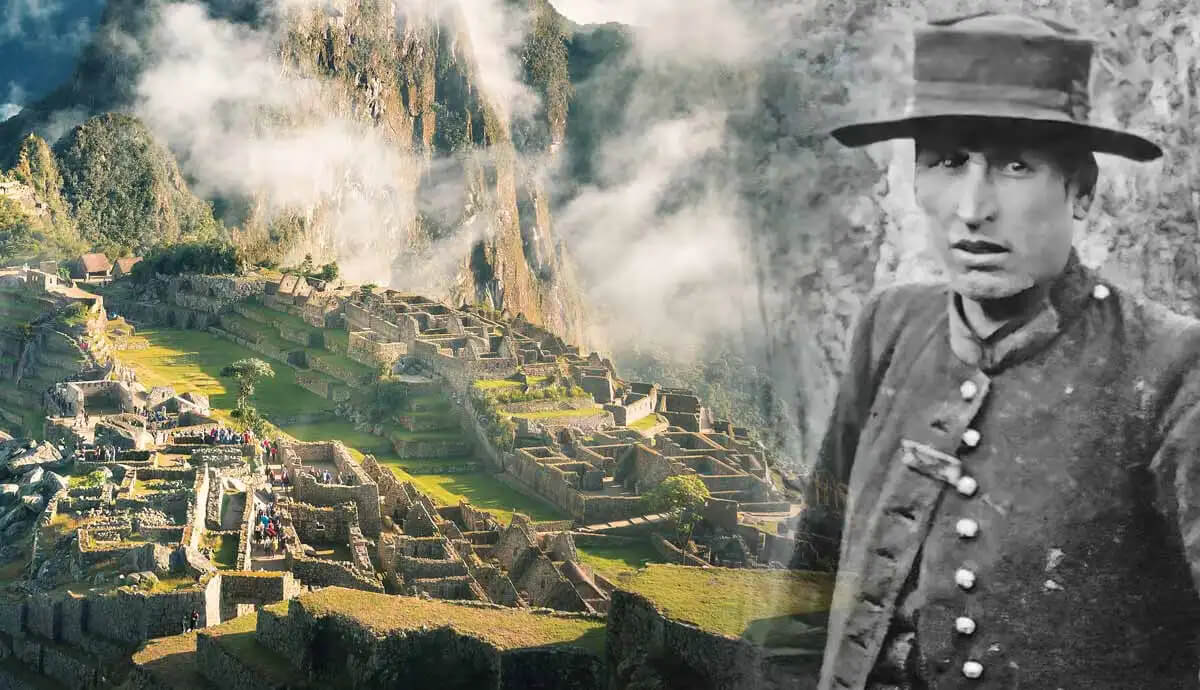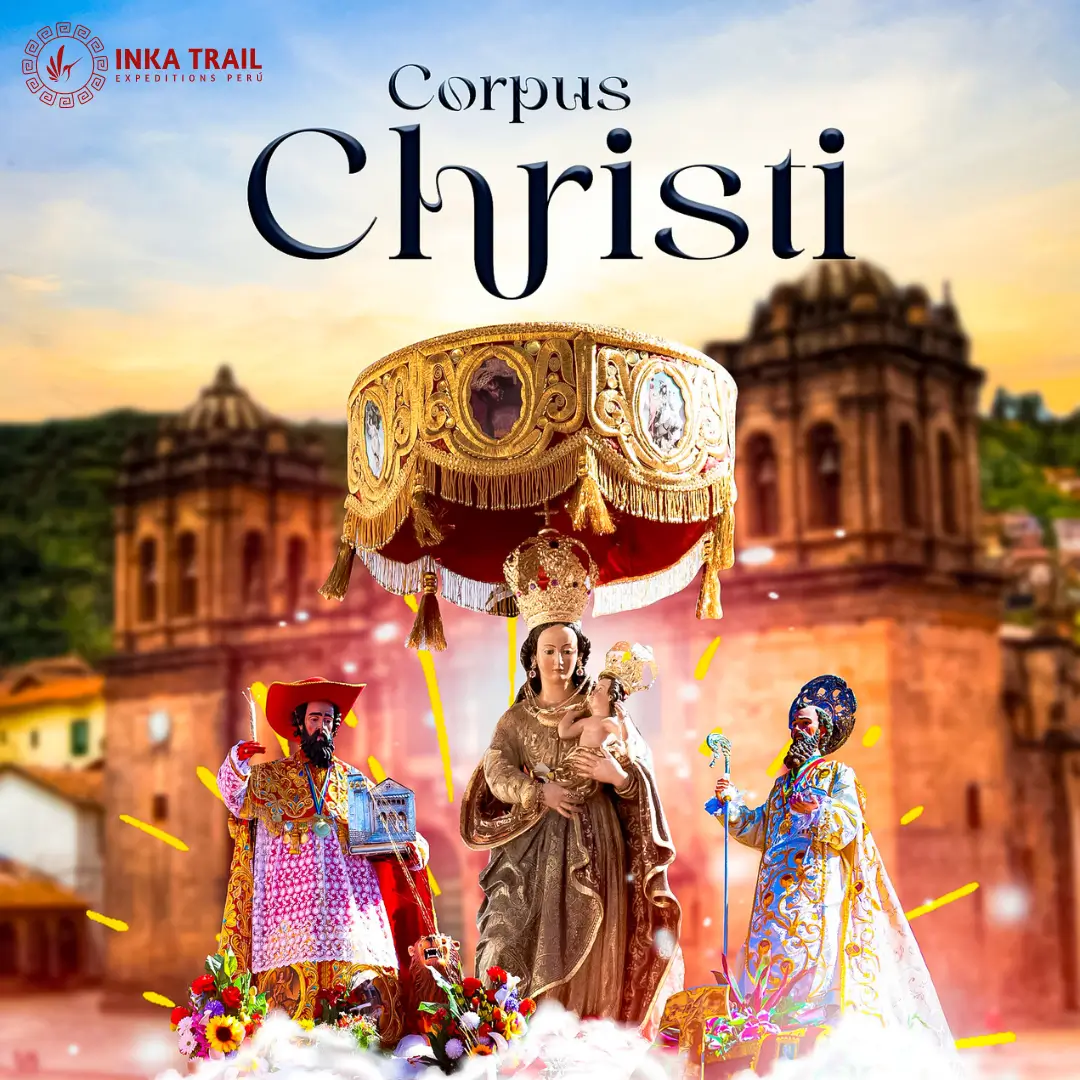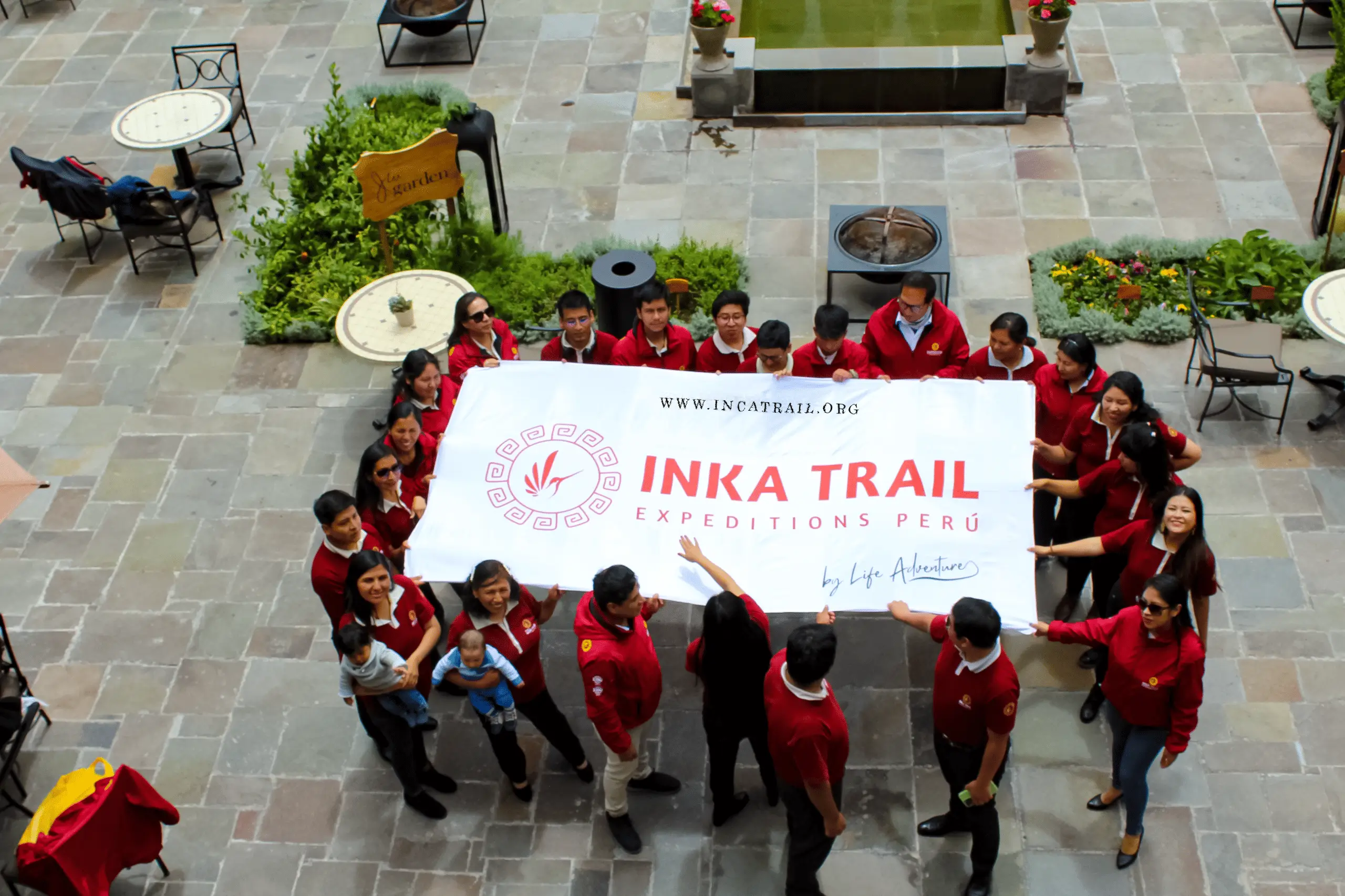History of Machu Picchu
Machu Picchu history is fascinating, as this site remains one of the most impressive archaeological wonders in the world. Built in the 15th century by Inca emperor Pachacutec, this citadel served as an important religious, political, and administrative center. Its strategic location atop a mountain in the Cusco region of Peru made it a difficult site to access, which contributed to its preservation for centuries.
With the arrival of the Spanish in the 16th century, many Inca cities were destroyed or abandoned. However, Machu Picchu was never discovered by the conquistadors, allowing its structures to remain relatively intact. In 1911, American explorer Hiram Bingham rediscovered the site and introduced it to the world.
If you’re wondering how to visit Machu Picchu, there are multiple options, including the famous Inca Trail, train routes, and alternative treks. Planning ahead ensures a smooth and unforgettable experience at this iconic destination.
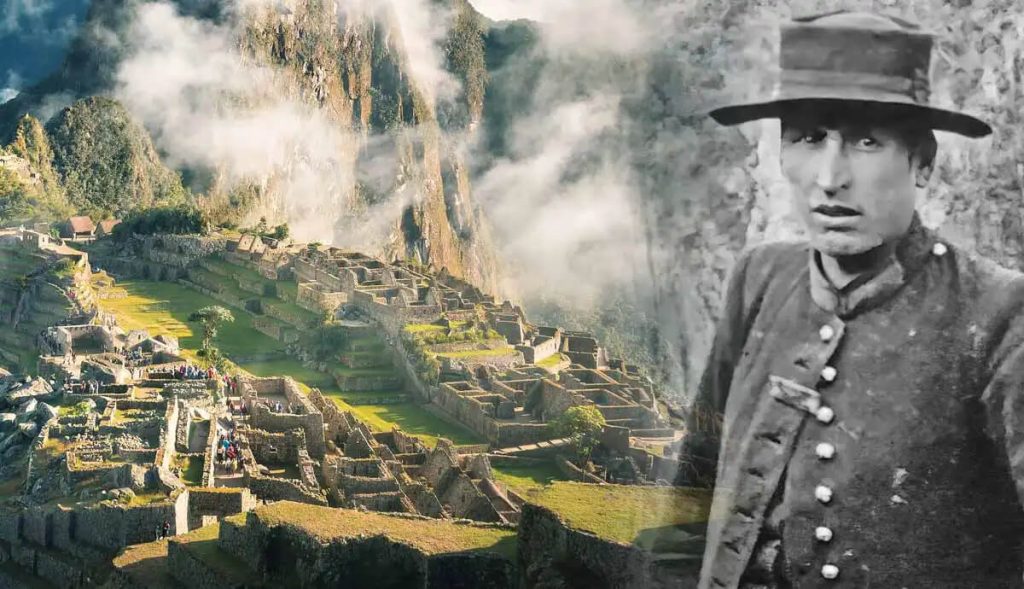
Fun Facts About Machu Picchu
- It is not the “Lost City of the Inkas”: Although Bingham referred to it as such, historians have determined that the original name of the city was likely Patallaqta or Picchu.
- Seismically resistant construction: The Incas used a technique called “ashlar” to fit stones perfectly without the need for mortar, making the structures earthquake-resistant.
- No wheels were used: Despite the massive stone blocks used in construction, the Incas did not use wheels for transportation. It is believed they dragged the stones using ropes and wooden scaffolding.
- Advanced drainage system: To prevent erosion from heavy rains, the city features a sophisticated drainage system and agricultural terraces.
- It is an ecological sanctuary: Machu Picchu is surrounded by the Historic Sanctuary of Machu Picchu, a protected area with impressive biodiversity, including species like the spectacled bear and the Andean cock-of-the-rock.
How to Visit Machu Picchu
- Access options
- Train from Cusco or Ollantaytambo: The most comfortable and fastest way to get to Machu Picchu is to take a train to Aguas Calientes, followed by a short bus ride to the citadel.
- Inca Trail: One of the most unforgettable experiences is to hike the Inca Trail, a four-day trek that leads directly to Machu Picchu via ancient Inca trails.
- Alternative Salkantay Route: For trekking enthusiasts, the Salkantay Trek is an excellent option, with mountain, jungle and lagoon landscapes.
- Hydroelectric Route: For travellers who wish to hike the hydroelectric route allows visitors to walk from Santa Teresa to Aguas Calientes.
- Tickets and reservations
- Machu Picchu tickets must be booked in advance, especially in the high season (June-August), and it is recommended to book your trip in advance and with authorized agencies.
- There are different types of tickets: the authorities of Machu Picchu and the Ministry of Culture have decided that there are 3 routes with 10 circuits:
- circuit 1 (panoramic):
- Route 1-A: Machu Picchu Mountain Route
- Route 1-B: Upper Terrace Route
- Route 1-C: Route to Intipunku Gate
- Route 1-D: Inka Bridge Route
- Circuit 2 or Classic Circuit
- Route 2-A: Designed Route
- Route 2-B: Lower Terrace Route
- Circuit 3 or Royal Circuit
- Route 3-A: Waynapicchu Mountain Route
- Route 3-B: Designed Route
- Route 3-C: Grand Cave Route
- Route 3-D: Huchuypicchu Route
- https://www.incatrail.org/information/New-Machupicchu-circuits
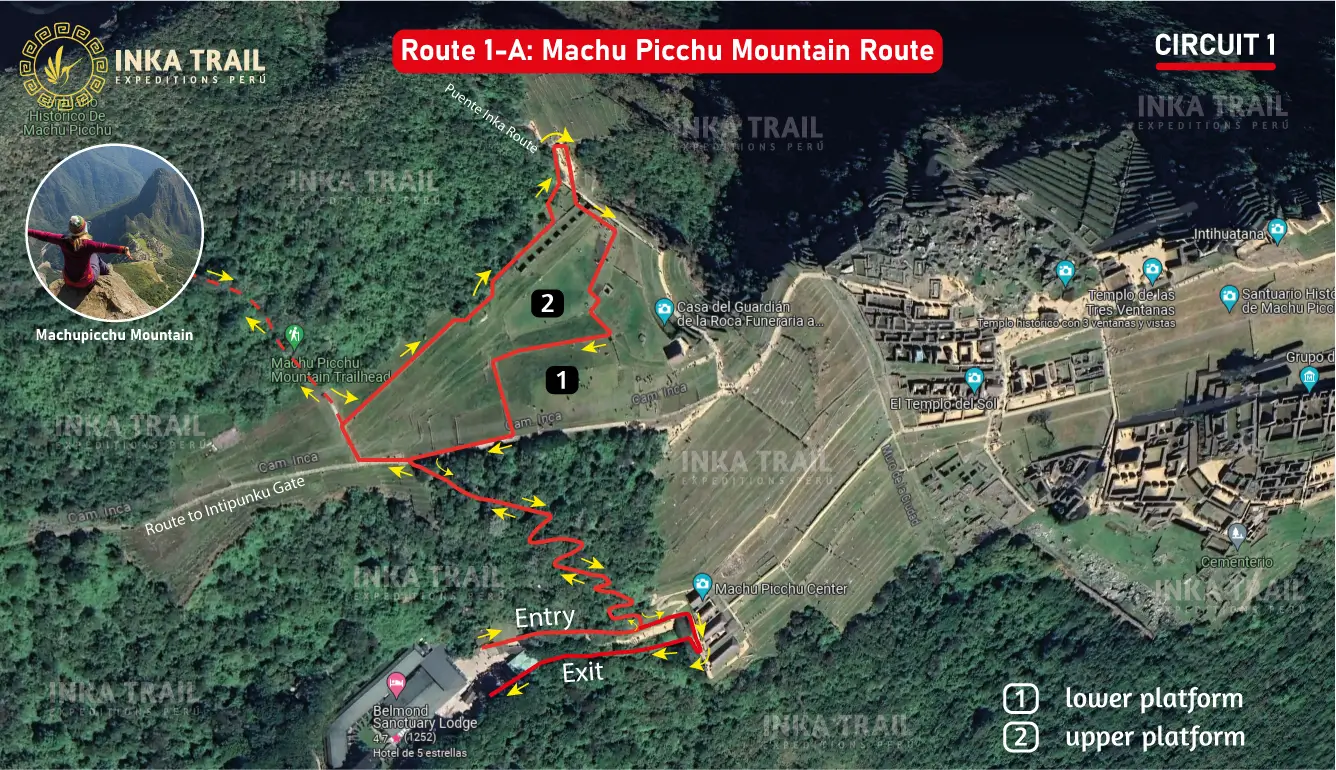
3. Best Time to Visit
- Dry season (May-October): More stable weather and clear skies.
- Rainy season (November-March): Fewer tourists but a higher chance of heavy rains.
4. Tips for a Better Experience
- Wear comfortable, layered clothing as the weather can vary.
- Use sunscreen and insect repellent.
- Bring water and snacks, as prices inside the site are high.
- Respect the site’s rules to help preserve this historical treasure.
